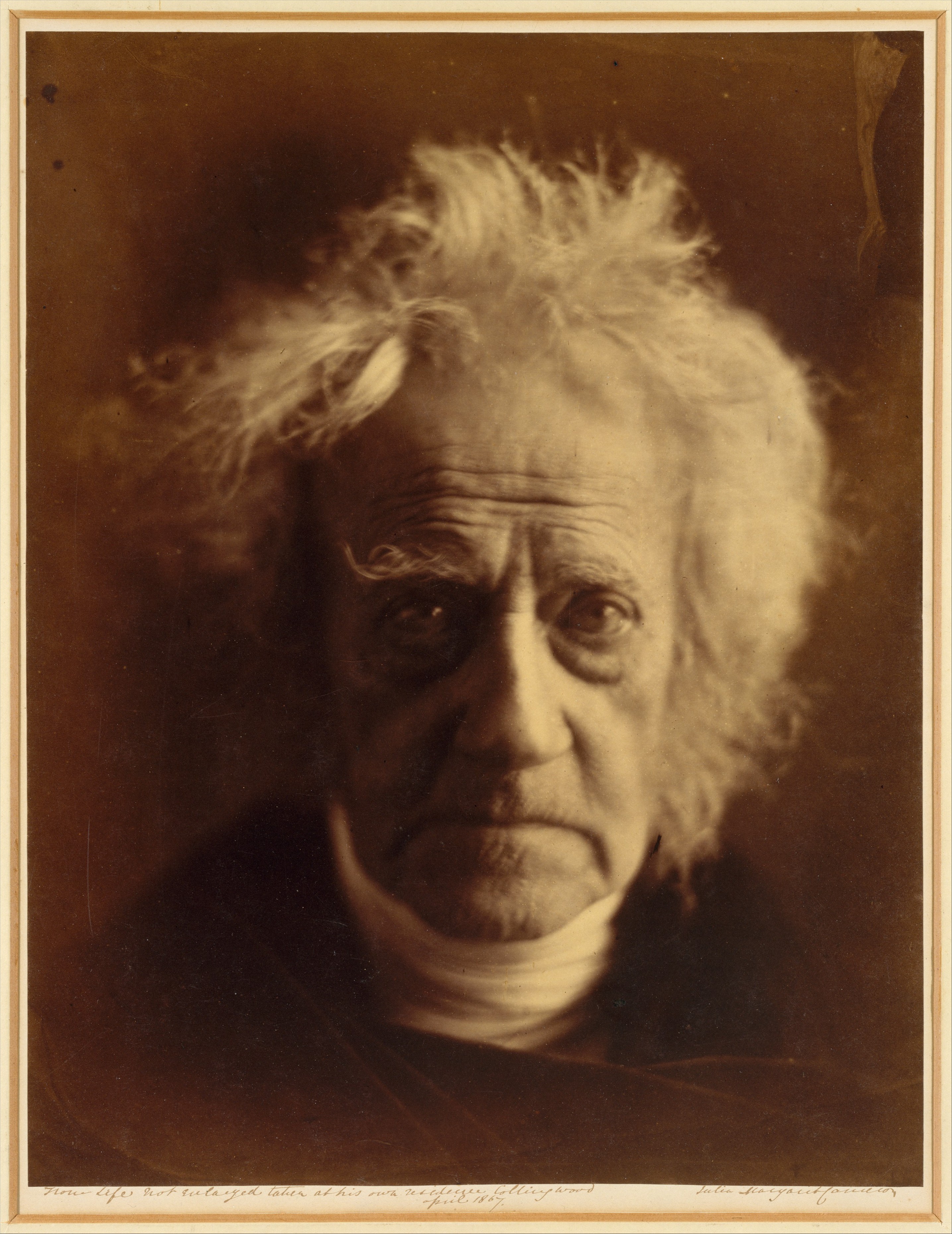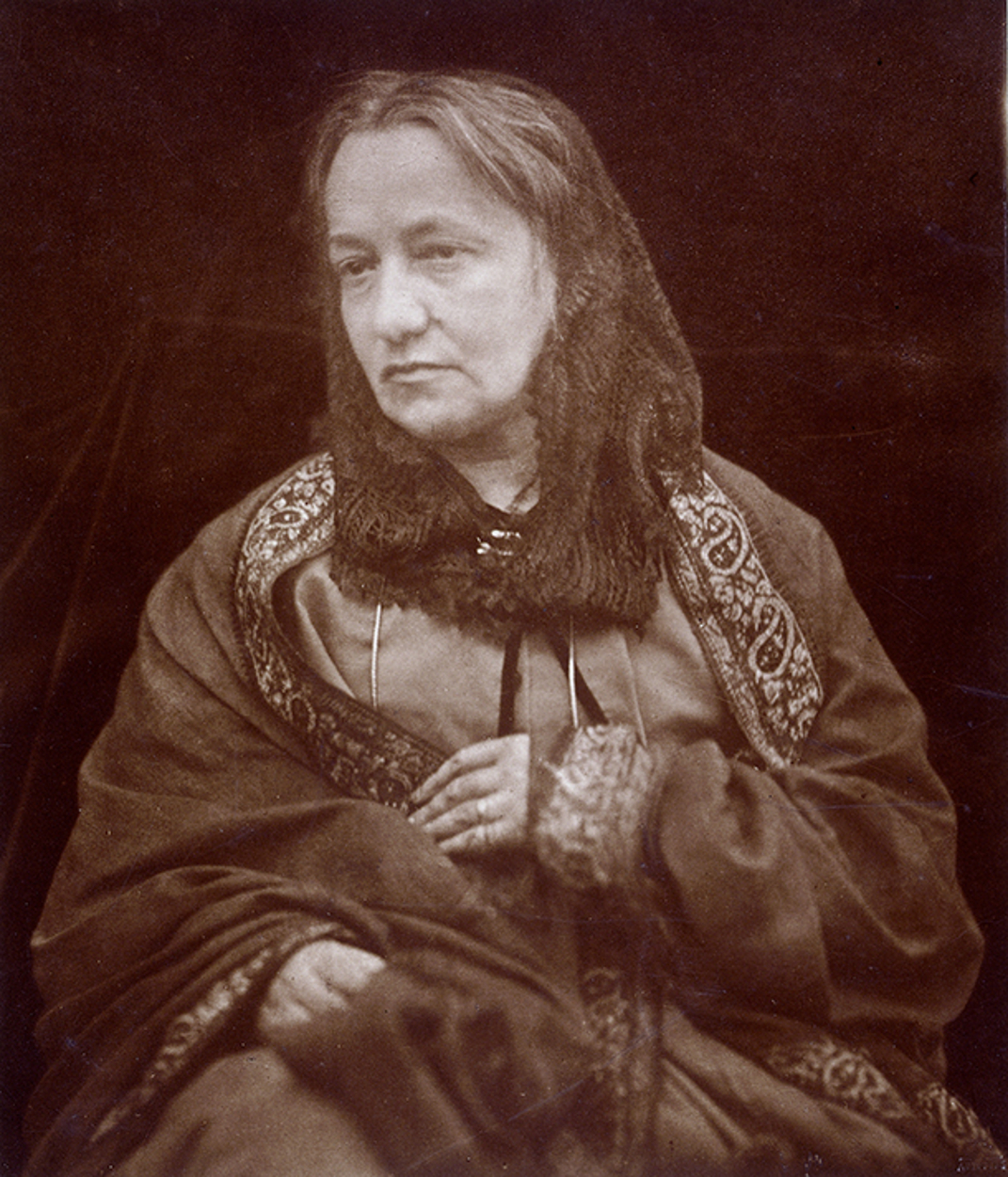When the name Albert Einstein crops up we may already have an image of him in our minds, most probably as an older man with wild exiting hair. We know this from photos we may have seen. But do we know what John Herschel looked like? Sir John Frederick William Herschel, 1st Baronet KH FRS (7 March 1792 – 11 May 1871) was another very, very famous scientist credited with many inventions and theories. If we look at his photography inventions, we see that he was experimenting with color reproduction as early as 1839. Society thought of him on equal par with Charles Darwin. When Herschel died, he was buried in Westminster Cathedral, London and Charles Darwin was laid to rest next to him. During the time Herschel was famous, people wanted to know what their heroes looked like, not from old-fashioned paintings, but from lifelike photos. For that Herschel didn't turn to a well-known photographer, but to a dear friend, Julia Margaret Pattle Cameron, born 11 June 1815, in Calcutta, British India. She was daughter to a British official and a French daughter of a knight. While she was the ugly duckling amongst her sisters, she was the one with talent. The talent took 48 years, a marriage to Charles Hay Cameron, five sons and a daughter to finally develop. For her 48th birthday she received a camera as gift from her daughter and son-in-law. Her camera would have been large, and the process of making prints cumbersome as she only had a coal shed for a darkroom. To contemporary eyes she created strange looking photos: out of focus and often dreamlike. Gone were the classical columns and scientific apparatus so popular in portraits of the day. Hershel and Cameron had been friends since they met in 1836 in Cape Town, South Africa. So, it had been natural for him to turn to her. This 'failure' (as her peers wrote about her) created a whole series featuring Hershel. She captured him not as a stiff image nor a pristine bust to be adored or admired. She messed up his hair to catch the light, as would later be repeated with Albert Einstein, and brought the camera close before pressing the shutter. So, there we have John Herschel and Julia Margaret Cameron. This image is the outcome. Julia only practiced photography for eleven years of her life. But what a legacy! Her many photographs are highly recommended. Julia Margaret Cameron (11 June 1815 Calcutta – 26 January 1879 Kalutara, Ceylon). We can't think of many eminent scientists today who can boast of being captured in a photo by a famous artist. Wild hair and all. (Although Stephen Hawking comes to mind).
- Erik.


 Julia Margaret Cameron
Julia Margaret Cameron